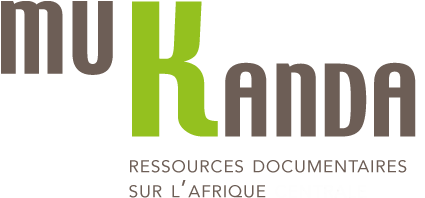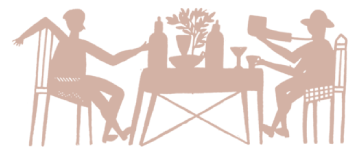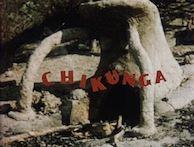| Résumé/Présentation |
With the exception of hunter-gatherer and pastoralist societies, iron working was quasi-universal in sub-Saharan Africa, beginning as early as the middle of the first millennium BCE in some places. The red crust that makes such a vivid impression on travellers coming by air to the continent is laterite, an abundant source of iron oxides that could be smelted and forged into all manner of tools and weapons. Katanga in the southern part of what was formerly the Belgian Congo was exceptional in having significant deposits of both native iron and copper. Thanks to Herman Philips we now have films documenting both in the region, although only Chikunga, the film on iron working, is currently available. Philips came to Africa in 1937 as an engineer with the Union Minière du Haut Katanga, the Belgian mining company exploiting Katanga?s copper resources during the period of colonial rule from 1907-1960. His films date from 1957 and 1959, just before independence. He also left a cache of photographs and brief talks explaining the processes involved in indigenous metallurgy. What is especially valuable is his mapping of metal-producing regions within Katanga and their particular specializations. Chikunga is narrated by Father Placide Tempels, a friend of Philips and a major figure in the history of African systems of thought.
|



